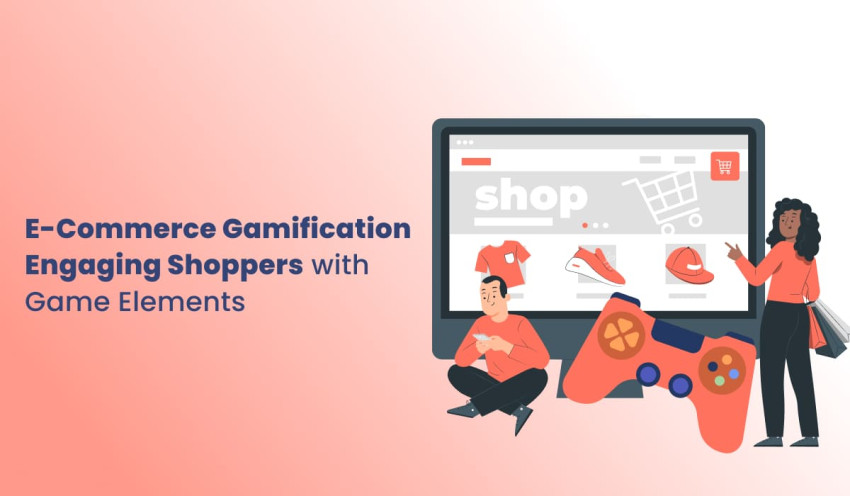
In the dynamic world of e-commerce, standing out amidst a sea of competitors is a challenge every online retailer faces. This is where the concept of gamification comes into play, turning the shopping experience into an engaging, interactive, and fun activity. Gamification in e-commerce is not just a trend; it's a strategic approach to increase customer engagement, loyalty, and sales.
What is Gamification in E-Commerce?
Gamification involves applying game-design elements and principles in non-game contexts. In e-commerce, it means incorporating elements like points, challenges, leaderboards, and rewards into the shopping experience. These elements tap into the basic human desires for competition, achievement, and status, making shopping more than just a transaction, as observed by e-commerce developers in Bangalore.
Benefits of Gamification in E-Commerce
Increased Customer Engagement
By turning shopping into a game, customers are more likely to spend time on your site. This increased engagement can lead to better brand recall and a higher likelihood of repeat purchases.
Enhanced Customer Loyalty
Rewarding customers for their purchases or other actions (like social media shares or referrals) encourages them to return. Loyalty programs, when gamified, create a sense of achievement that goes beyond the actual reward.
Improved Conversion Rates
Interactive and gamified elements can guide potential customers through the purchasing process in a fun and engaging way, increasing the likelihood of conversion.
Data Collection and Personalization
Gamification strategies often require customers to provide information about their preferences and behaviors, which can be used to personalize their shopping experience.
Implementing Gamification in Your E-Commerce Strategy
Points and Rewards Systems
Create a system where customers earn points for purchases, reviews, or social shares. These points can then be redeemed for discounts or special offers.
Challenges and Achievements
Set up challenges for your customers, like completing a profile, reviewing a certain number of products, or making multiple purchases within a month. Completion of these challenges can unlock special rewards or discounts.
Leaderboards
Use leaderboards to create a sense of competition among customers. For example, the top reviewers or those who have earned the most points in a month can be displayed on your site, with rewards for those at the top.
Badges and Levels
Implement a badge system where customers earn badges for different activities. These can range from beginner to expert levels, encouraging customers to engage more to reach higher levels.
Interactive Product Exploration
Turn product exploration into a game. For instance, use quizzes to recommend products or create a virtual treasure hunt where customers can discover hidden deals or products.
Challenges and Considerations
While gamification can be highly effective, it's important to strike the right balance. Overcomplicating the shopping experience or making rewards too difficult to achieve can backfire. It's also crucial to ensure that your gamification strategy aligns with your brand identity and appeals to your target audience.
Conclusion
Gamification in e-commerce is a powerful tool to engage customers uniquely and memorably. By incorporating game elements into the shopping experience, retailers can enhance customer engagement, loyalty, and ultimately, sales. As with any strategy, it’s important to tailor it to your brand and audience for maximum effectiveness. Embrace gamification, and turn the mundane into the extraordinary, one game at a time!


